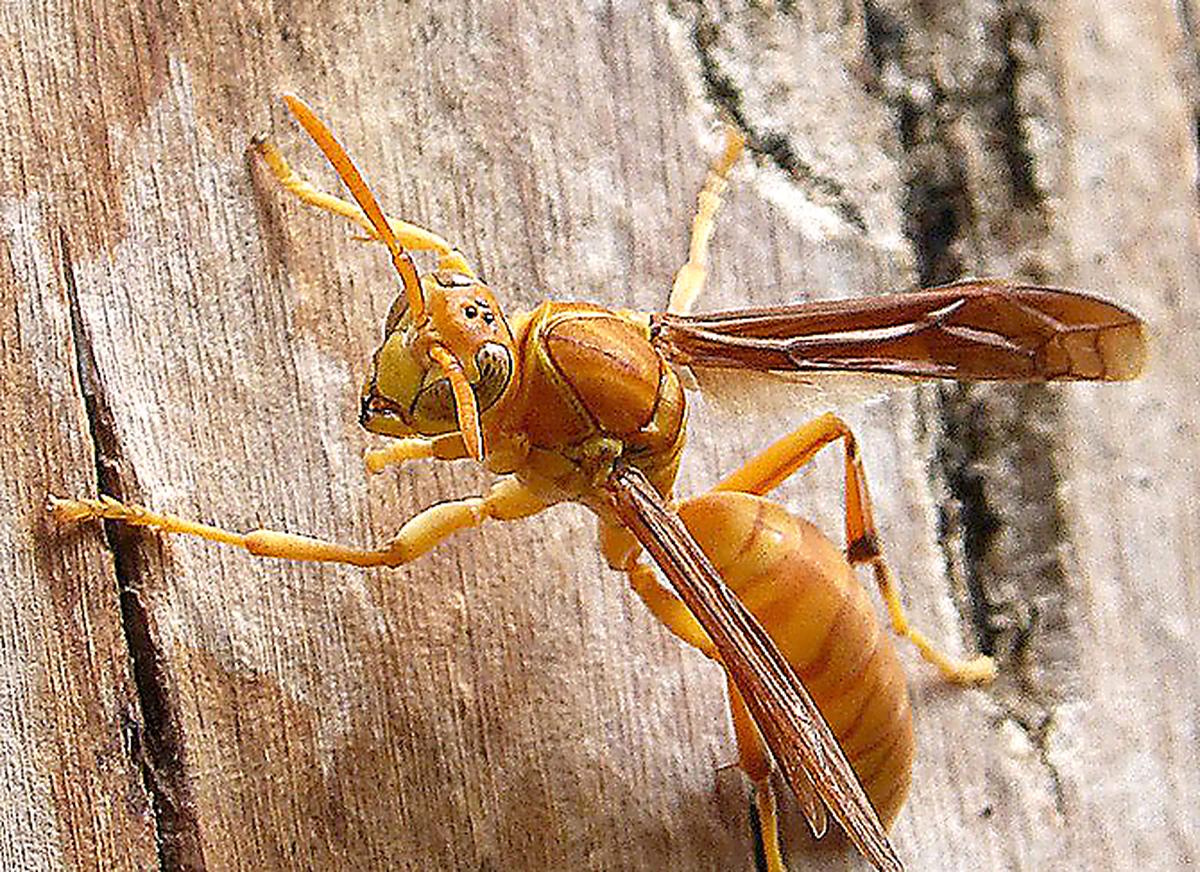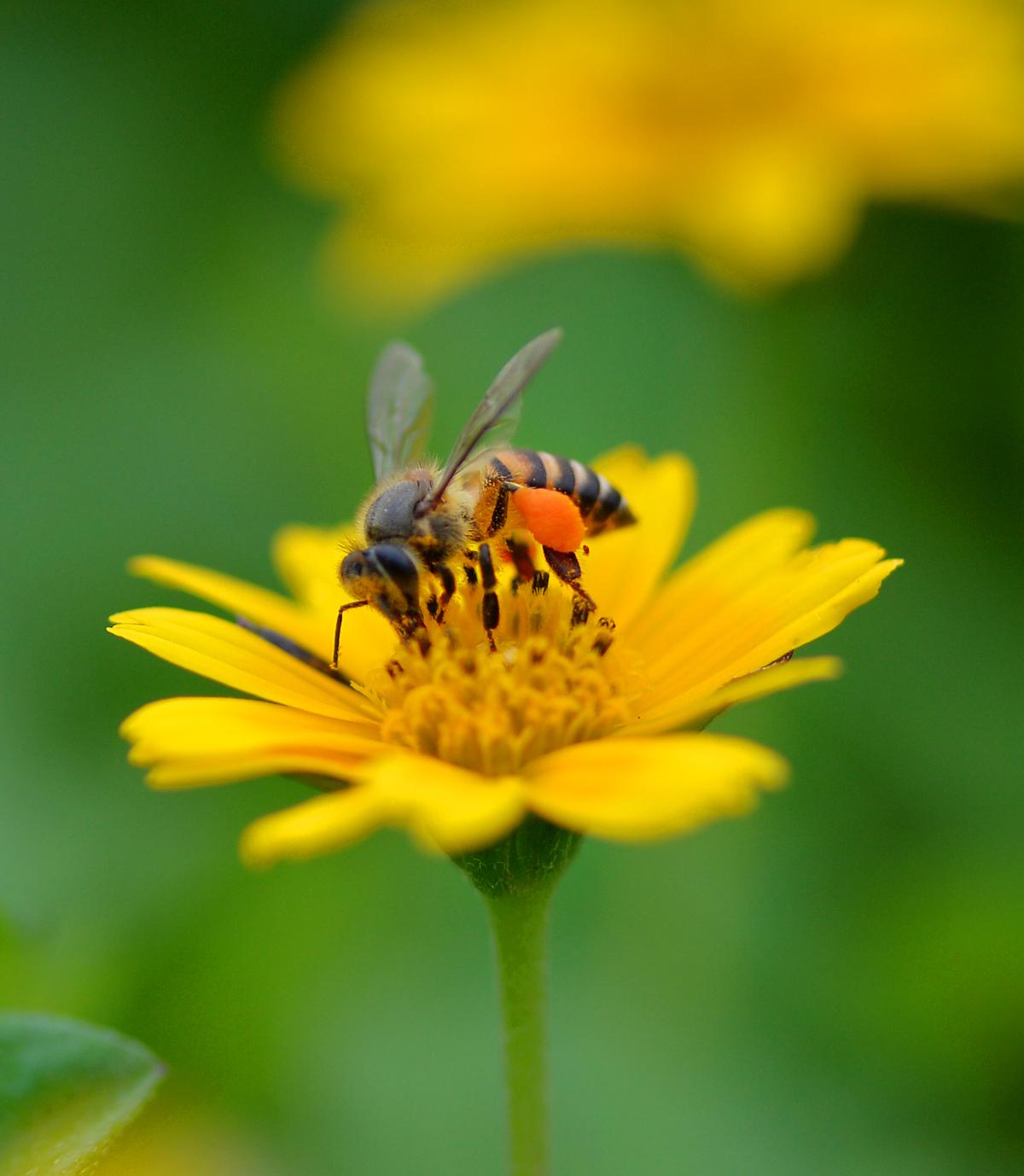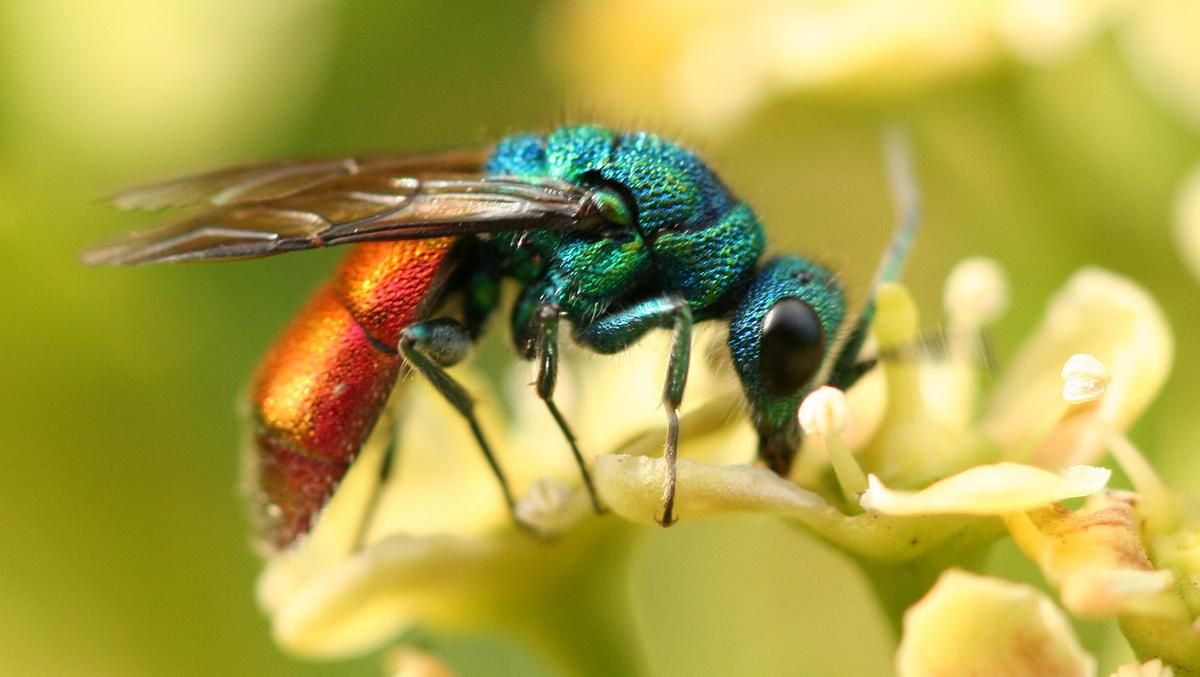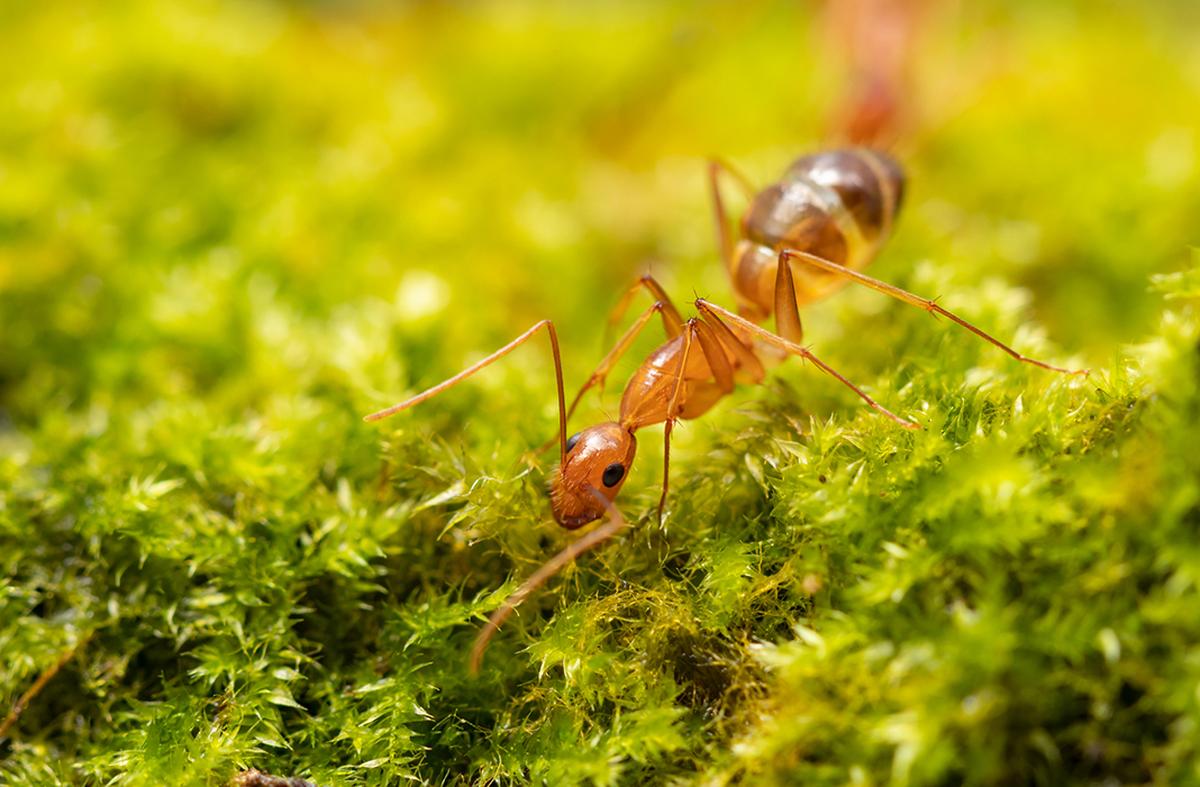Within the intricate world of insects, particularly ants, bees and wasps, we witness some of the most complex and highly organised societies in nature. These creatures live in sophisticated colonies that sometimes mirror and often surpass the social structures of other species. “Of these, honeybees are the most renowned, not only for their intricate social behaviour but also for their significant practical importance to humans,” said Raghavendra Gadagkar, a Bengaluru-based ecologist, while discussing insect societies with an audience at the Science Gallery in Bengaluru recently.
Way before humans extracted sugar from cane or beetroot, honey was our primary sweetener. “Honey bees gather nectar from various colonies, making the concept of ‘pure honey’ a misnomer. When collected from a single colony, the honey might carry a distinct flavor, such as orange or a floral note.”
“Natural honey is resistant to fungal growth, courtesy the meticulous care bees provide within the hive. Once outside, it loses this property.”

Bengaluru-based ecologist Raghavendra Gadagkar
| Photo Credit:
Special Arrangement
Winged wonders
Globally, there are 10 to 15 honeybee species, with four prominent major types — three are native to India, while the fourth is European. Interestingly, bees were not native to America or Australia; they were introduced by European settlers.
A honeybee colony, housing between 10,000 and 60,000 bees, operates with a clear division of labour. The queen bee, the sole egg layer, is the colony’s heart. A few male drones focus on mating, while worker bees perform various tasks. The queen bee has attendants which feed, clean, and care for her, ensuring she can focus on laying thousands of eggs. This care system helps maintain colony cohesion.
Unlike bees, ant colonies often include specialised castes that differ significantly in size and function. This division of labour is evident in species like the Malaysian ant, which shows a vast size difference between workers and soldiers.
“The soldier is about 500 times the size of the worker,” said Raghavendra. Ants also demonstrate sophisticated behaviours, such as seed collection and colony defence, and have been subject of extensive study due to their decentralised organisation and efficiency. Their ability to perform specific tasks based on environmental cues and colony needs has inspired fields like computer science, particularly in optimisation algorithms.

Yellow Paper Wasps
| Photo Credit:
wikimedia commons/Azim Khan Ronnie, gail hampshire
Wasps, though less socially organised than bees or ants, are fascinating architects. Paper wasps build intricate nests from chewed plant fibres mixed with saliva, ranging from open structures to concealed multi-story complexes. Hornets, a type of social wasp, construct large, enclosed nests and are known for their aggressive defence tactics.
Raghavendra explained how their research focused on social insects, particularly wasps. They employed a variety of techniques to observe these insects in their natural habitats, as well as in controlled laboratory settings. “You don’t have to go to the forest. They come and build their nest in your house, in your garden. They come to be rather active here,” he said.
Bee-roles
One of the most compelling findings from their research is the rapid response of workers to the queen’s absence. A noticeable shift in behaviour occurs within just half an hour of removing the queen. An individual worker steps up, showing heightened aggression and activity, essentially assuming a leadership role in the queen’s absence.

VISAKHAPATNAM, ANDHRA PRADESH, 11/07/2018: A honey bee feasting on a flower at Tenneti Park in Visakhapatnam on July 11, 2018. Flowers in full bloom following monsoon rains provide perfect setting for bees.
Photo : K.R. Deepak
| Photo Credit:
DEEPAK KR
Dividing the colony, researchers observed heightened activity in the first worker to become hyperactive, assuming a leadership role. This indicated a complex, layered structure where multiple individuals were prepared for leadership, influenced by situational factors. Dissatisfaction within a colony could lead to the establishment of a new nest. Researchers observed both the solitary and group migrations, with new queens selected through democratic processes.
Research on social insects has far-reaching applications, from improving telecommunications and robotics to enhancing artificial intelligence. By understanding how insects communicate, organise, and perform tasks efficiently, scientists develop better algorithms and systems. These studies also offer insights into natural selection and evolutionary biology, with altruistic behaviours such as the bees’ self-sacrifice providing profound examples of evolution shaping complex social behaviours.

The intricate societies of honeybees, ants and wasps showcase the wonders of natural evolution and adaptation. Their sophisticated communication methods and specialised roles within colonies fascinate and inspire advancements in science and technology. Each discovery in this dynamic field leads to new questions, perpetuating the cycle of discovery and enhancing our understanding of the natural world.
Bees in India
There are three bee varieties in India — the Asian Dwarf Honey Bee is small in size, building tiny, open nests on tree branches; Apis Cerana (also known as the Beekeeper’s Bee) nests in cavities. They are often kept in wooden boxes by beekeepers. The Giant Honeybee is larger and more aggressive and builds substantial open nests.

Anoplolepis gracilipes or yellow crazy ants, on moss
#Understanding #insect #societies #Bengalurubased #Raghavendra #Gadagkar
